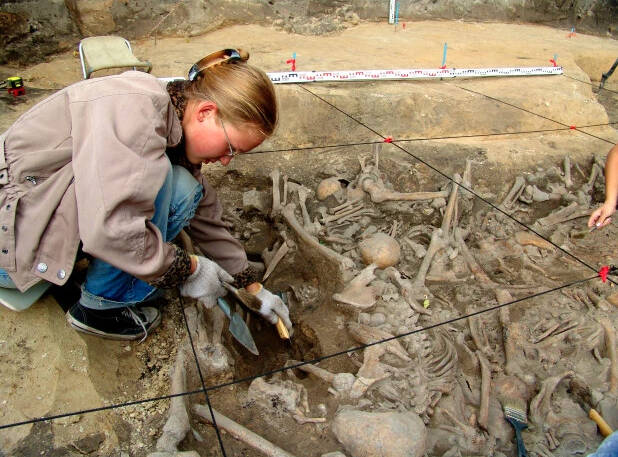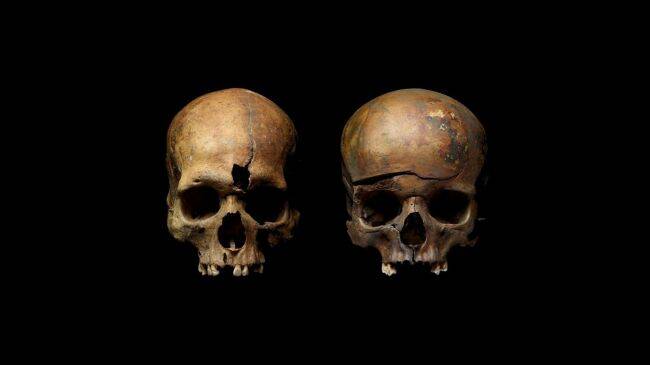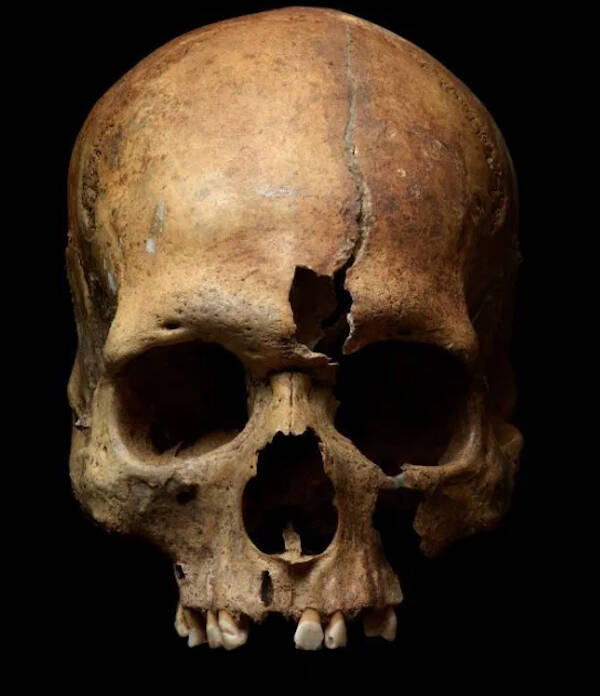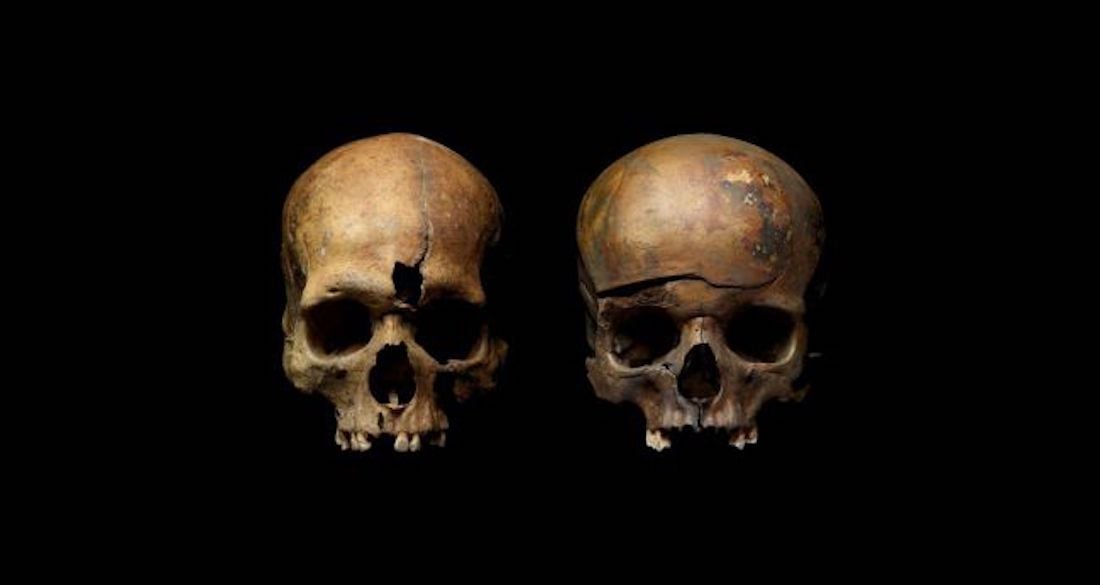Buried Secrets of a 13th-Century Massacre: What Archaeologists Discovered Beneath the ‘City Drowned in Blood’
When more than 300 bodies show up in nine death pits, each holding about 15 poor souls, you know something grim went down. But what really gets me is imagining an entire family—three generations, no less—tucked away side-by-side in one of those pits. Talk about “family reunion” taken to a horrifying extreme. Back in 1238, when Mongol raiders led by Batu Khan blitzed the Russian town of Yaroslavl, nobody was safe from the massacre that followed. Nearly eight centuries later, the chilling remnants of this bloodbath are still speaking volumes—unmarked graves, shards of shattered lives, and a brutal reminder of one of history’s darkest chapters. How do you even begin to process a tragedy where a grandmother, her daughter, and her grandson ended up sharing the same dirt? Turns out, these pits not only reveal the staggering scale of destruction but also hint at the everyday lives lost beneath the carnage—like tooth decay pointing to a wealthier life snuffed out in an instant. Dive into this haunting glimpse of the past, and you might never look at family gatherings the same way again. LEARN MORE.
More than 300 bodies were buried across nine death pits of 15 people each. One contained three generations of one family.

Moscow Institute of Physics and TechnologyAn archeologist examines the remains at the Yaroslavl massacre site.
When the Mongols attacked the Russian town of Yaroslavl in 1238, almost nobody was spared. Hundreds were slaughtered brutally and dumped into mass graves as the town was completely sacked. Nearly 800 years later, researchers have given us a chilling glimpse of the victims left behind.
After the slaughter, Mongol raiders buried the dead in pits by the dozens with no markers to distinguish who these poor victims even were, wrote LiveScience. But one pit of the dead in particular stood out after scientists of the Moscow Institute of Physics and Technology began genetically analyzing three of its 15 corpses.
Researchers found that the three murdered townsfolk buried together in the dirt were a woman, her daughter, and her grandson. Moscow’s research team found that the eldest of the three corpses was at least 55 years old before she died. Her daughter was between 30 and 40, while her grandson was younger than 20. They were buried in one of nine pits found at Yaroslavl, which altogether held more than 300 bodies.

Institute of Archaeology, Russian Academy of SciencesThe biological relation between three of the bodies found at Yaroslavl first became apparent after researchers noticed similar features on the skulls. All three family members also showed signs of spina bifida, which is hereditary.
As for Yaroslavl as a whole, Mongols led by Genghis Khan’s grandson Batu Khan destroyed the town not long after advancing into Russia. Nonetheless, enough buildings and artifacts survived to tell us a little something about the area, namely that it was a wealthy one. Scientists determined this by noting the tooth decay present in the three bodies in question and noting that the honey and sugar that could cause this were only available to those with substantial means at the time.
Beyond the three generations of one family left slaughtered in a pit, the scene at Yaroslavl showed just how brutal its conquest was. Batu Khan invaded towns like Yaroslavl with utter indifference, ultimately taking more than a dozen places in present-day Russia.
In just five years, he wiped out seven percent of Russia’s population. When the Russian Grand Prince refused to submit to the Mongols, Genghis Khan’s grandson simply burned the capital city to the ground — with the royal family and every inhabitant inside.

Moscow Institute of Physics and TechnologyNearly 300 bodies were buried across nine pits. The son, mother, and grandmother were buried in a pit of 15 people.
For Asya Engovatova, deputy director of the Institute of Archaeology at the Russian Academy of Sciences and head of the Yaroslavl excavation, the evidence uncovered there clarifies why the story of its conquest became common knowledge among Russians.
“Batu Khan’s conquest was the greatest national tragedy, surpassing any other event in cruelty and destruction,” she said. “It is not by chance that it is among the few such events that made its way into the Russian folklore.”

Moscow Institute of Physics and TechnologyThe skulls and bones all showed signs of violence. They were either punctured, broken, burned, or a combination of all three.
The brutality that has made the conquest of Yaroslavl unforgettable for many Russians was certainly on display in the way the victims’ bodies were treated after death.
Prior analysis suggested that the three family members, for example, were buried in February 1238. But recent evidence in the form of preserved maggots in their remains indicated otherwise. In fact, new evidence shows that the bodies were probably decomposing in the open air for months before they were buried.
“These people were killed, and their bodies remained lying in the snow for a fairly long time,” Engovatova said. “In April or May, flies started to multiply on the remains, and in late May or early June, they were buried in a pit on the homestead, which is where they probably had lived.”













